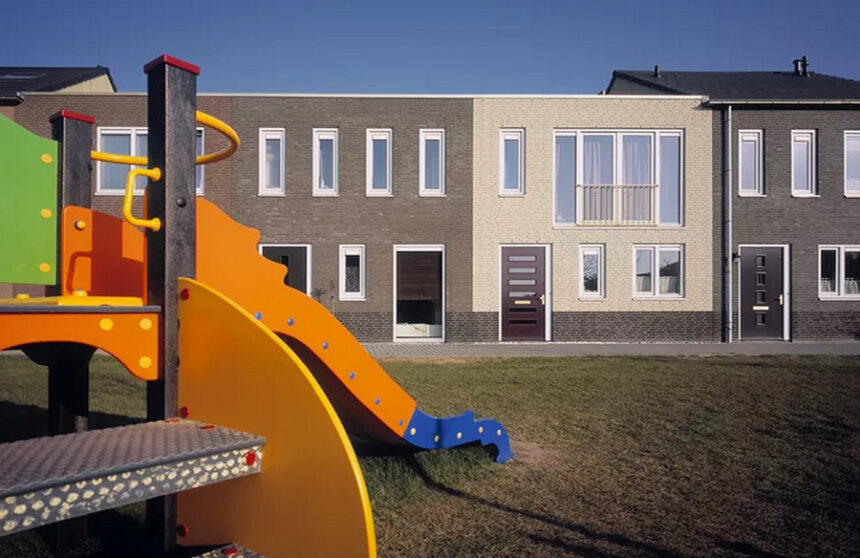The city of Utrecht, Netherlands, has unveiled an ambitious initiative aimed at ensuring that every child has access to nearby playgrounds for daily play and physical activity. Under this plan, Utrecht aims to establish playgrounds within a radius of 650 feet (200 meters) of each residential home, fostering a culture of active and inclusive play among its young residents.
Prioritizing Play and Accessibility
Alderman Kees Diepeveen emphasizes the importance of adapting to evolving needs, with a focus on creating greener, more playful, and climate-resilient play spaces. Larger play areas will be designated for neighborhoods, complemented by smaller, age-appropriate spaces for younger children and sports facilities for youth. The emphasis on inclusivity extends to providing opportunities for disabled children to engage in play.
Addressing Concerns and Challenges
Despite the commendable goals of the plan, pedagogical researcher Martin van Rooijen raises some critical concerns. While the initiative aims to promote nature-based play, safety guidelines may limit children’s ability to engage in creative and risky play activities, such as building forts in bushes. Van Rooijen underscores the importance of challenging parental apprehensions and designing playgrounds that encourage imaginative and adventurous play experiences.
Realistic Implementation and Funding Considerations
While the 650-foot proximity requirement sounds promising, questions remain about its feasibility and enforceability, particularly in densely built urban areas. Van Rooijen also highlights the need for transparent funding mechanisms to ensure the successful execution of the plan across Utrecht’s 10 districts. The availability of funds for construction and maintenance remains a crucial aspect of realizing the city’s ambitious playground vision.
Engaging Stakeholders and Seeking Feedback
Utrecht’s proposed bill will undergo public scrutiny and feedback, allowing residents to voice their opinions and concerns regarding the plan’s implementation. The municipality invites residents to review and comment on the proposal, fostering a collaborative approach to urban planning and community development.
Moving Forward with Ambitious Goals
While Utrecht’s Play Vision demonstrates a commitment to enhancing the quality of life for its youngest residents, the success of the initiative hinges on addressing existing challenges and ensuring meaningful community engagement. By prioritizing play and accessibility, Utrecht sets a precedent for other cities to follow, recognizing children as valued citizens deserving of vibrant and inclusive urban environments.



Leave a Reply